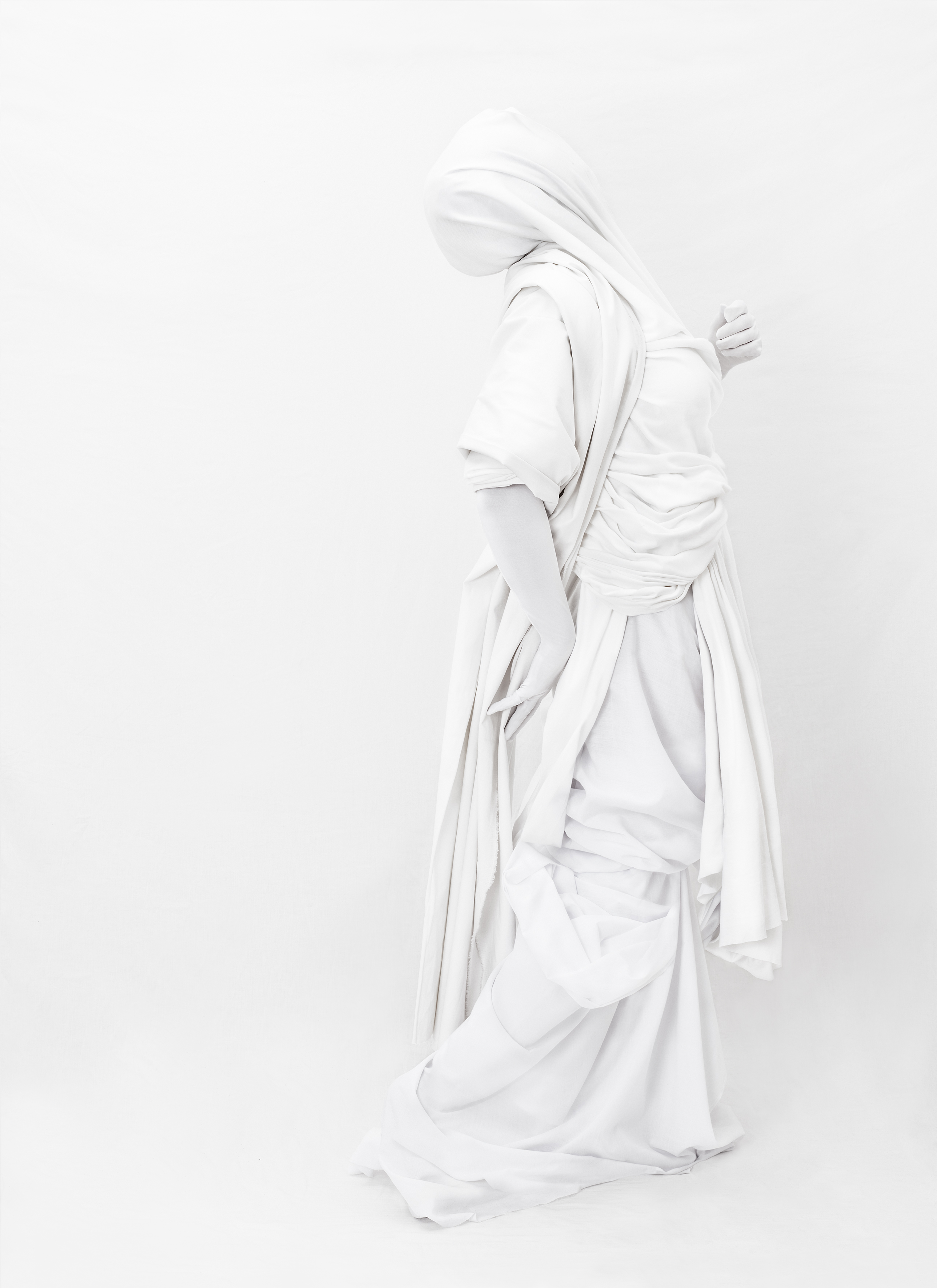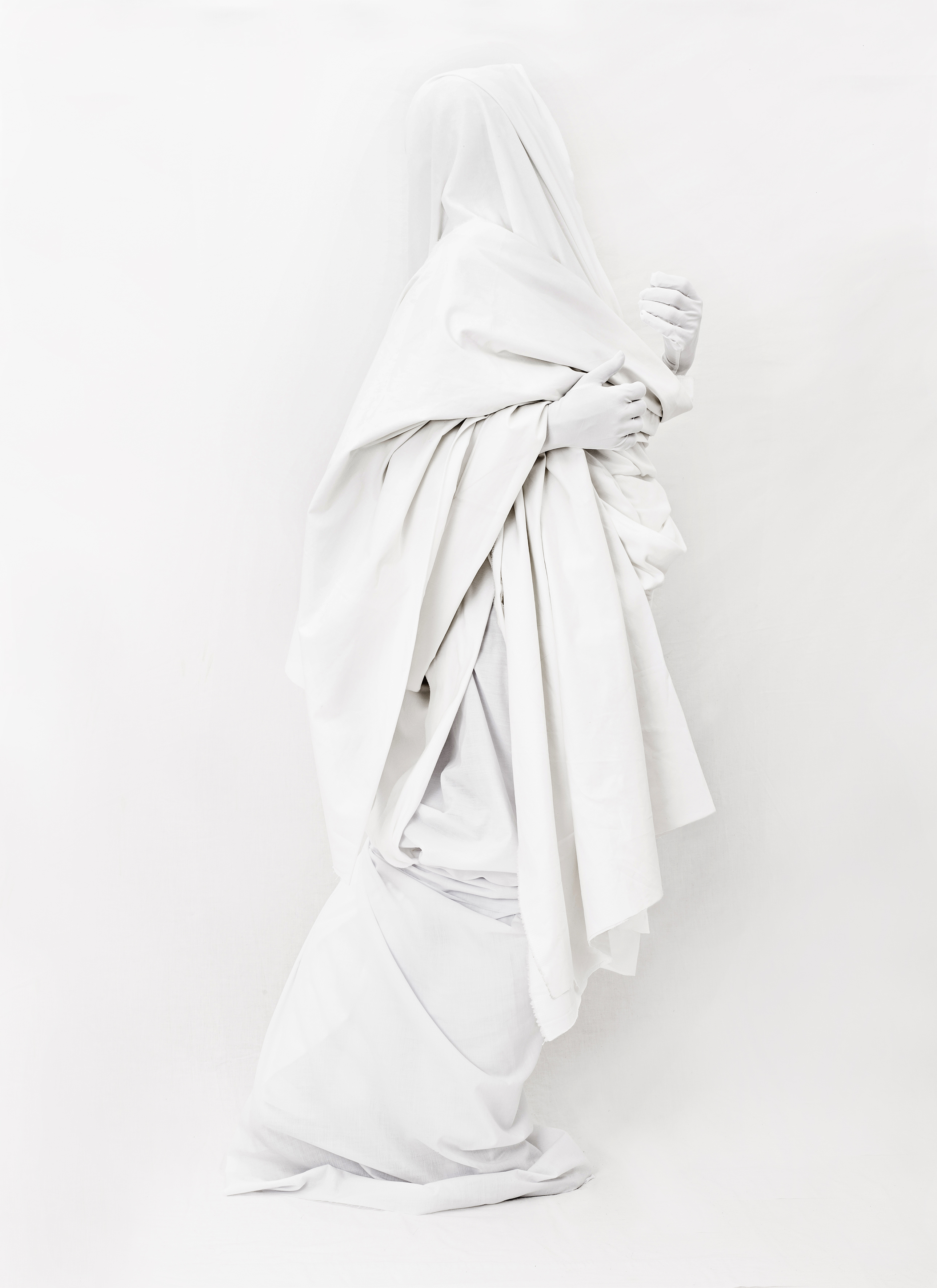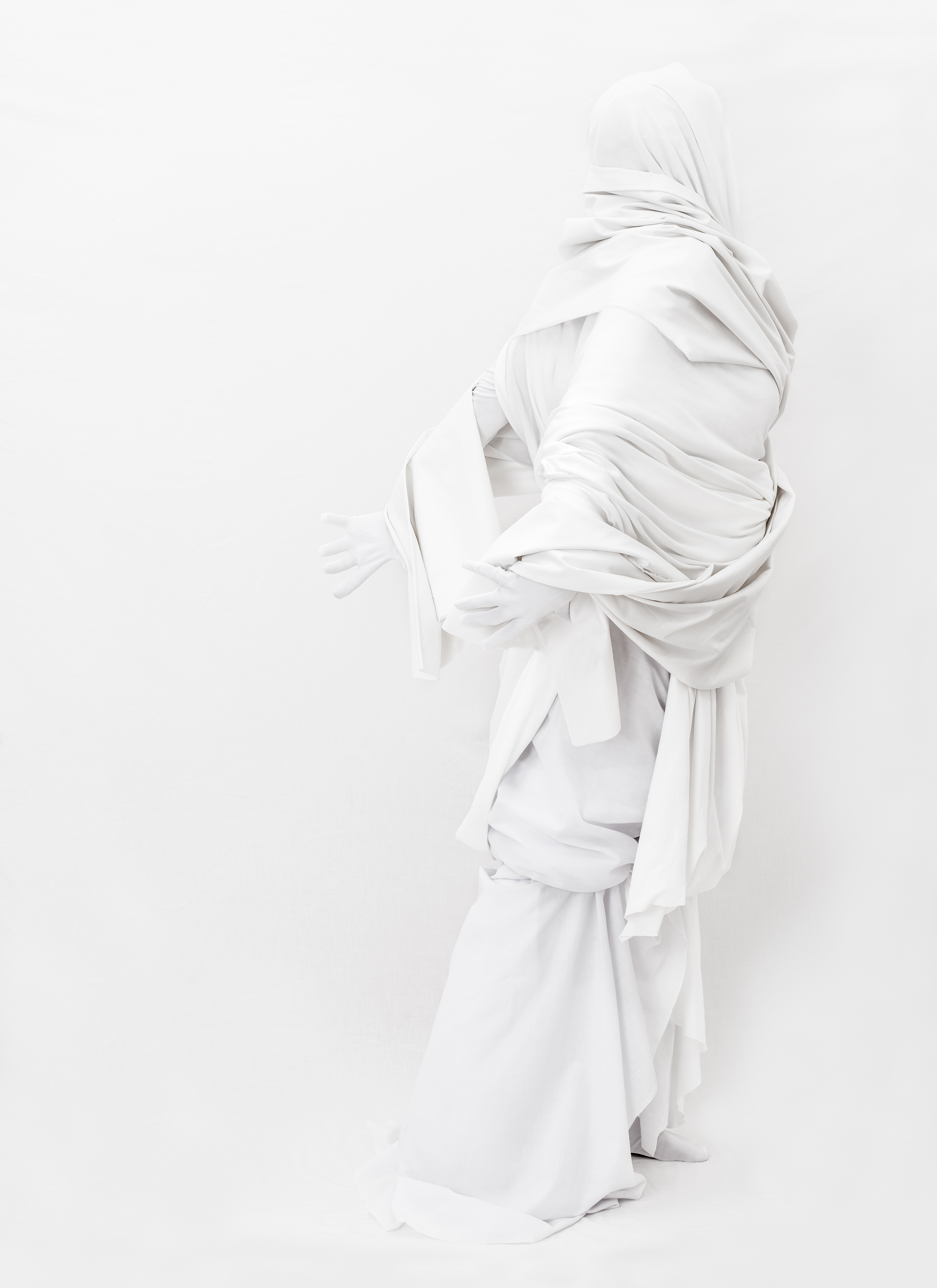
Marble an Drapes (#001)
Photographic print, 70x50cm
Photographic print, 70x50cm

Marble an Drapes (#003)
Photographic print, 70x50cm
Photographic print, 70x50cm

Marble an Drapes (#005)
Photographic print, 70x50cm
Photographic print, 70x50cm

Marble an Drapes (#007)
Photographic print, 70x50cm
Photographic print, 70x50cm

Marble an Drapes (#009)
Photographic print, 70x50cm
Photographic print, 70x50cm

Marble an Drapes (#011)
Photographic print, 70x50cm
Photographic print, 70x50cm

Marble an Drapes (#002)
Photographic print, 70x50cm
Photographic print, 70x50cm

Marble an Drapes (#004)
Photographic print, 70x50cm
Photographic print, 70x50cm

Marble an Drapes (#006)
Photographic print, 70x50cm
Photographic print, 70x50cm

Marble an Drapes (#008)
Photographic print, 70x50cm
Photographic print, 70x50cm

Marble an Drapes (#010)
Photographic print, 70x50cm
Photographic print, 70x50cm

Marble an Drapes (#012)
Photographic print, 70x50cm
Photographic print, 70x50cm
Video work
Marble and Drapes (2017/2021)
Portrait format, 5:10min (loop)
Marble and Drapes
von Tina Hage
Die Werkreihe Marble and Drapes habe ich in 2017 angefangen zu entwicklen. Sie besteht aus 12 Fotografien und ein Video, welches in 2019 dazu entstanden ist und in 2021 weiterentwickelt wurde.
In der Serie geht es formal um die Medien Skulptur und Fotografie. Die klassische Skulptur hat die Eigenschaft eine 3-dimensionale Figur darzustellen, haptisch erfahrbar und zugleich starr: ein Geste in Stein gemeisselt für die Ewigkeit erhalten. Dieses kontrastiert stark mit dem Medium Fotografie: eine Aufnahme von einem flüchtigen Moment, welcher meist in Bewegung ist und nie wieder so sein wird vorher. Der Titel bezieht sich auf das imitierte (Marble/Mamor) und tatsächliche verwendete Material (Drapes/ drapierter Stoff). Die Darstellungen repräsentieren eine Art Stillstand und Bewegung zur gleichen Zeit. Ein Spiel von Starrheit und Bewegunsgfluss kontrastiert hier. Das Video in der Serie baut die Idee von ständiger Veränderung und Stillstand weiter aus.
von Tanja Pol
Ausgehend von dem Text The Original Copy* von Roxana Marcoci befasst sich Marble and Drapes mit der Frage nach dem Blickpunkt des Betrachters in der Rezeption von Kunst, insbesondere Skulptur, und den damit zusammenhängenden Implikationen für die Fotografie und deren „Realitätsgehalt“. Darüber hinaus geht es um die Fotografie als realitätserzeugendes Medium.
Die Werkgruppe besteht aus einer Serie von 12 Fotografien und einer Videoarbeit. Es ist jeweils eine vollständig in weiße Draperien gehüllte menschliche Figur zu sehen, verkörpert von der Künstlerin, in je unterschiedlichen Haltungen. Es scheint, als sei hier eine klassische marmorne Gewandfigur lebendig geworden, und dann im fotografischen Prozess wieder „eingefroren“. Oder entsteht erst durch das Foto die Vorstellung von Skulptur?
Die angedeutete Bewegung des Körpers im unbestimmten Raum, vermittelt durch Körperhaltungen und Faltenwürfe gerinnt im zweidimensionalen Bild, das Spannungsverhältnis von Bewegung und Starre, Stein („Marble“) und Gewandfluss („Drapes“) ist in den Bildern anschaulich, und wird im Video ein weiteres Mal konterkariert: Einzelne Bilder der Serie werden hier sehr langsam überblendet, das Tempo vermittelt eher einen Effekt von Stillstand als von Bewegung.
Mit der Erfindung der Fotografie hat sich auch der Blick auf Kunst verändert, in der frühen Kunstgeschichte ging man aus von einem „idealen“ Blickwinkel auf die Skulptur, den das fotografische Bild einnehmen sollte. Nach diesem normativen Ansatz kann also der richtige fotografische Blick die Skulptur überhöhen, gleichzeitig reduziert sie aber das Objekt auf die zweite Dimension, und erzeugt eine neue Realität des Objekts. Indem sie skulpturale Posen einnimmt und im Bild festhält, um sie im Video wieder zu „beleben“ setzt Hage das komplexe, changierende und sich immer wieder wechselseitig hinterfragende Spiel von Urbild/Idealbild/Abbild und Original/Kopie buchstäblich ins Bild.
* (The Original Copy: Photography of Sculpture, 1839 to Today by Roxana Marcoci)
(translation)
by Tanaj Pol
Taking Roxana Marcoci‘s book The Original Copy* as a point of departure, Marble and Drapes addresses the question of the beholder’s perspective in the reception of art, especially sculpture, and the implications for photography and its “reality content“ arising from that. Furthermore, at issue is photography as a medium that creates reality.
The series consists of a series of 12 photographs and a video work. In each, a human figure, embodied by the artist, completely covered in white drapes, is seen in different poses. It seems as if the classical marble draped figure had become animated here and was then frozen again during the photographic process. Or does the photograph give rise to the notion of sculpture?
The suggested movement of the body in an indeterminate space, communicated through postures and drapes, coagulates in the two-dimensional image. The tension between movement and rigidity, stone (marble) and the flow of the material (drapes) is vivid in the pictures. In the video it is once more foiled: individual pictures of the series very slowly cross-fade into one another, and the chosen speed gives the impression of a still object rather than of movement.
With the invention of photography, our view of art has changed; early art history worked with the assumption of an “ideal” perspective on a sculpture which photography should assume. According to this normative approach, the correct photographic gaze can elevate the sculpture, but at the same time it reduces the object to the second dimension and creates a new reality of the object. By assuming sculptural poses and capturing them in the photograph in order to “animate” them once again in the video, Hage literally puts the complex, fluctuating and always mutually questioning play of original image/ideal image/representation and original/copy into the work.
* (The Original Copy: Photography of Sculpture, 1839 to Today by Roxana Marcoci)
by Tanaj Pol
Taking Roxana Marcoci‘s book The Original Copy* as a point of departure, Marble and Drapes addresses the question of the beholder’s perspective in the reception of art, especially sculpture, and the implications for photography and its “reality content“ arising from that. Furthermore, at issue is photography as a medium that creates reality.
The series consists of a series of 12 photographs and a video work. In each, a human figure, embodied by the artist, completely covered in white drapes, is seen in different poses. It seems as if the classical marble draped figure had become animated here and was then frozen again during the photographic process. Or does the photograph give rise to the notion of sculpture?
The suggested movement of the body in an indeterminate space, communicated through postures and drapes, coagulates in the two-dimensional image. The tension between movement and rigidity, stone (marble) and the flow of the material (drapes) is vivid in the pictures. In the video it is once more foiled: individual pictures of the series very slowly cross-fade into one another, and the chosen speed gives the impression of a still object rather than of movement.
With the invention of photography, our view of art has changed; early art history worked with the assumption of an “ideal” perspective on a sculpture which photography should assume. According to this normative approach, the correct photographic gaze can elevate the sculpture, but at the same time it reduces the object to the second dimension and creates a new reality of the object. By assuming sculptural poses and capturing them in the photograph in order to “animate” them once again in the video, Hage literally puts the complex, fluctuating and always mutually questioning play of original image/ideal image/representation and original/copy into the work.
* (The Original Copy: Photography of Sculpture, 1839 to Today by Roxana Marcoci)